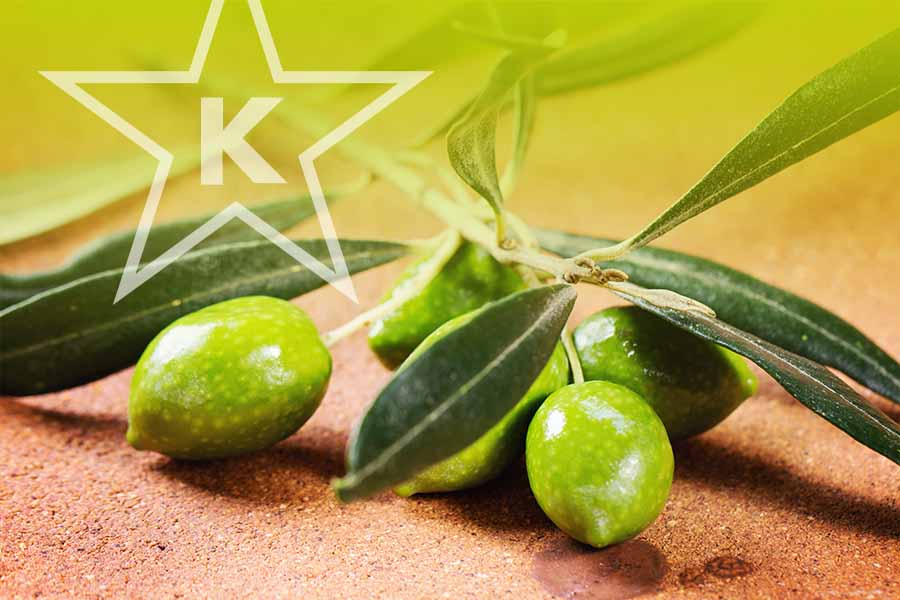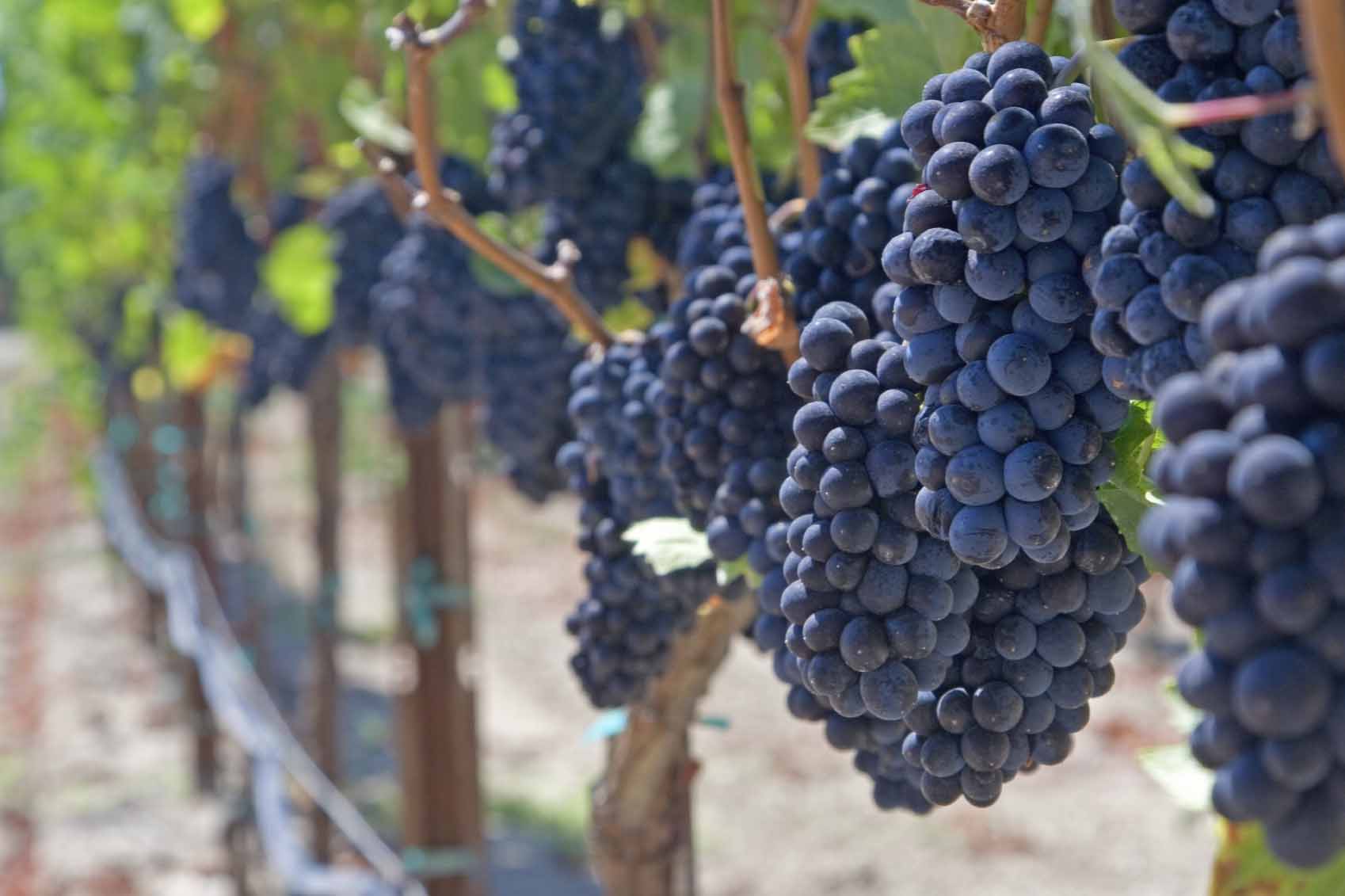Updated September 11, 2023
By: STAR-K Rabbinic Staff
Beginning on Rosh Hashana this year (5782) and ending Rosh Hashana next year (5783), it is the Shemita/Sabbatical year in Eretz Yisroel. This is certainly one of the most special mitzvos that we have. The amazing demonstration of our absolute faith and emunah in Hashem which is displayed from its proper observance is unique from all other mitzvos. Furthermore, the guarantee that Hashem will provide us with sustenance in advance that comes along with observing Shemita is something that proves that the Torah can be directly only from Hashem himself.
Although Shemita does not apply to land outside of Eretz Yisroel, there are still a number of circumstances that we in chutz la’aretz will likely encounter, and thereby give us the ability to observe the mitzvah of Shemita properly. The laws of Shemita are quite extensive and complex. The goal of this […]






 STAR-D
STAR-D STAR-S
STAR-S